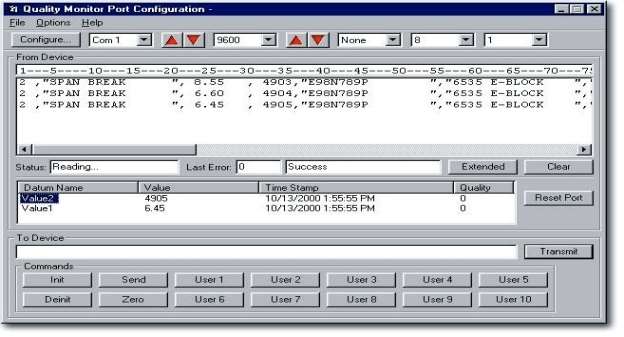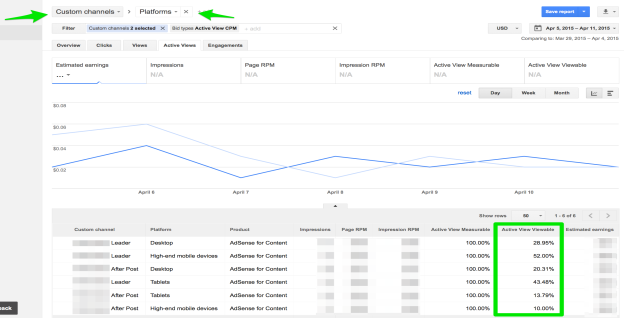Analytics, Interfaces and Cloud Technology
| ✅ Paper Type: Free Essay | ✅ Subject: Information Technology |
| ✅ Wordcount: 1354 words | ✅ Published: 20 Sep 2017 |
The organization is like any other business that greatly benefit from an infusion of efficiency and cost savings into its operations. Having a much easier business environment from which to operate on is a significant advantage that will lead to improved output and better service to its clients. Embracing the latest technology will not only propel the business to the modern way of doing things, but also to benefits that follow that technology.
The Need for the use of Analytics and Cloud Technology
Analytics for the organization is not only part of its primary operations, but also how it can understand its target clientele. Be it in service to its clients or for market research purposes; data analytics are essential so as to provide valuable insights to the company. The benefits become that they can provide services that are more in tune with the needs of its customers and also able to help the company in planning for its future operations.
The organizations primarily deals in collecting and analyzing data. They find ways they can derive value from data and present it to its customers in a manner that will benefit that client. It is important that the company conclusively comprehend how analytics work and the best practices in the field.
Predictive analytics is used when there is a need to understand future developments. Whether it is shifting market fundamentals, customer behavior and preferences, or the overall market environment, analytics provide these views with fair accuracy. By using current events ongoing within the subject area, combined with historical data, trends and expected changes, these analytic operations are in a better position to gain a glimpse into how the future will unfold. (Chen, Chiang, & Storey, 2012).
The organization a dealer in data operations will use the tools provided by data analytics to grow its business. Given that a part of its activities involves independently collecting data, analyzing it, and then selling to clients, it is important that they get to understand beforehand what data would interest their customers. Utilizing analytics of the web and other data, they can know the kind of information that customers are most likely to prefer. This way, their services will be embraced by the clients than if the company presented data and hoped it would just sell.
Apart from anticipating and meeting the needs of its clients much more efficiently, data analytics can also help in identifying trends that are yet to catch on. These are trends that are yet to be discovered but show a potential for being mass-adopted once they do. Chancing upon such information can help the organization to become a pioneer in the particular area and assist in shepherding the trend into fruition. The predictive nature of data analytics then secures the company a possible lucrative avenue for future revenue. A competitive advantage is gained by being the first in embracing a particular trend.
An instance of analytics being useful to a company can be an e-commerce site deciding on what to stock. The company would be called upon to collect the data and analyze it on behalf of the e-commerce company. Such a company needs to sell as much stock as possible. To do this will require an understanding of what products are most popular with its customers. By collecting data such as web visits, page clicks, duration of visit, searched items and such can only gain value when analyzed.
Aggregating all this data will provide deep insights into what customers want, what they don’t want and so forth. This will help the e-commerce company in giving more prominence to certain popular products, doing away with slow moving ones and even finding ways of linking products together. Analytics should put everything into perspective and lead to the making of much better decisions able to benefit the company.
The organizations can also provide insights into other kinds of businesses like marketing, transportation, education, agriculture and much more. Providing the owners of these firms with expertly analyzed data will lead to faster and more informed decision making. For industries where decision making needs to be fast so as to be viable, the provision of analytics will certainly go a long way in helping (Chen, Chiang, & Storey, 2012).
Companies using cloud technology are provided with computing power and other resources delivered via the Internet. There is no need for investing in hardware or software components to support their operations when they can be provided via the cloud. Whether it is storage, database management, access management and applications, all can be accessed by the company employees through a browser.
One of the biggest benefits of using cloud technology is the initial, and subsequent saving realized. By choosing to use the cloud, a company does not need to invest in hardware like servers or CPUs and the lot. Whether it is storage or computing power, this can be provided over the internet. The company doesn’t to buy them or even maintain them. Also, the company will also be saved from buying software applications for use in its various operations. The costs of upgrading the software will be borne by the cloud service provider.
The organization will, in turn, enjoy the use of up to date applications. Cloud services are usually provided on a usage basis. This means that the cloud client only has to pay for what they use. The importance of this is that companies are spared from exorbitant costs arising from capacity that is lying idle. As a data-intensive company it will greatly benefit from using cloud technology in its operations. With terabytes of data already owned by the company and more being added every day, cloud technology can help the management of this data much easier. A data warehouse hosted on a cloud platform provide the capabilities of both the cloud and the data warehouse.
For a company with a growing trove of data, time will come when it requires having a bigger space for the data. In a non-cloud situation, the company would have to purchase new servers to provide space. Cloud platforms are scalable, meaning that as the need for more resources arises, and then the cloud provider will be able to meet the need accordingly. As mentioned before, cloud users only need to pay for they use, as such even when the company chooses to reduce its data it will still be able to do so. Off-peak and peak capacity requirements can be met by cloud providers quite quickly as a result of having scalable systems (Haugen, & Musser, 2013).
Cloud platforms can be for purposes of disaster recovery and business continuity planning. System failures, accidental deletions, hacking incidents and other disasters can occur anytime. However, cloud providers usually have multiple backup options for the data they hold.
Should anything happen to the primary data, they could always resort to the backups.
The organization can benefit from having their precious information hosted offsite, away from potential disasters that might strike their physical premises. With just access to an internet connection, having operations back and running should happen in the shortest time possible. (Rittinghouse, 2010).
Aligning Cloud Technology and Analytics to Business Processes

Interface Screen Layouts
The illustration below is the layout for data analytics.

The illustration below is a data collection interface.

The illustration below is a data reporting interface.

Recommended Solution Provider
Amazon Web Services is the largest and most experienced provider of cloud services in the market today. As a pioneer in the field, it has amassed enormous experience and can, therefore, meet the needs of its clients most effectively. Among the many services provided by its cloud platform if analytics.
These services can be offered to any company anywhere in the world as long as the client can have access to an internet connection. The organization would greatly benefit from the world class infrastructure and service offered by Amazon Web Services.
References
- Chen, H., Chiang, R. H., & Storey, V. C. (2012). Business Intelligence and Analytics: From Big
- Data to Big Impact. MIS quarterly, 36(4), 1165-1188.
- Haugen, D. M., & Musser, S. (2013). Technology and the cloud.
- Rittinghouse, J. W. (2010). Cloud Computing: Implementation, Management, and Security.
- Hoboken: CRC Press.
Cite This Work
To export a reference to this article please select a referencing stye below:
Related Services
View allDMCA / Removal Request
If you are the original writer of this essay and no longer wish to have your work published on UKEssays.com then please click the following link to email our support team:
Request essay removal


